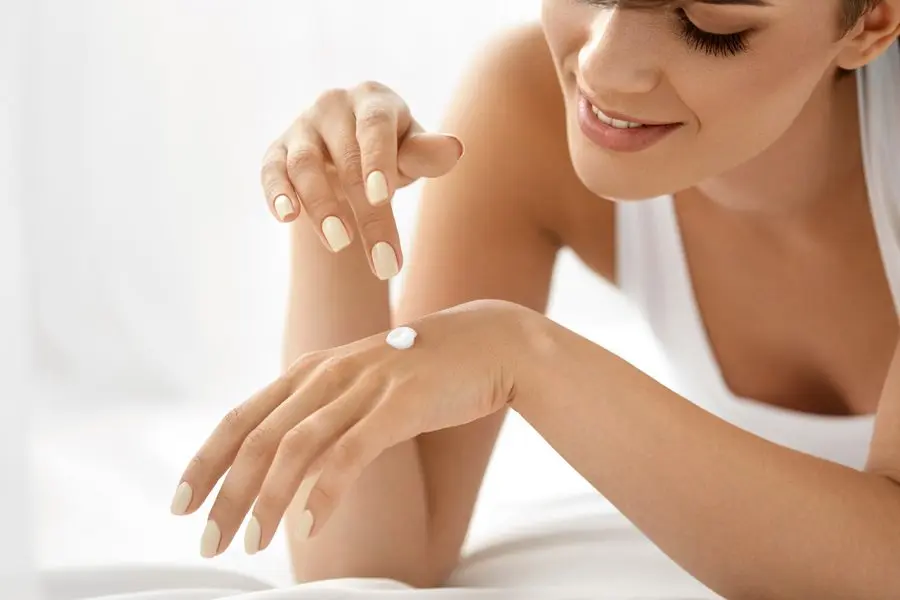
How to properly exfoliate your skin for brighter, smoother skin
Regular exfoliation of the skin is the key to achieving a smooth, even and radiant complexion. But before you take facial scrub or chemical peel at home, there are some things you need to know. To create exfoliation procedure which is best for your skin type and needs, it is important to understand the difference between exfoliation methods and how to incorporate this step into your routine. Find all the answers to your questions about exfoliation and more below.
What is exfoliation?
Exfoliation is the process of removing dead cells and impurities from the outer layer of the skin and pores. There are two ways to do this: manually with a physical scrub, or chemically with skin care acids.
Physical scrubs usually contain ingredients such as salt or sugar that help remove dead cells from the surface of the skin. You can apply them to damp skin and wash off for an instant smoother complexion. However, this process can be irritating, so it's best to exfoliate this way two to three times a week. One of our favorite physical scrubs is Lancôme Rose Sugar Exfoliating Scrub because it warms the skin on contact for a relaxing spa treatment.
Chemical exfoliants use exfoliating acids to break down and dissolve surface skin cells and debris. Popular acids include beta hydroxy acids (BHAs) such as salicylic acid and alpha hydroxy acids (AHAs) such as glycolic acid and lactic acid. BHAs are oil soluble and great for acne-prone skin, while AHAs are water soluble and can be especially beneficial for dry, normal, and mature skin.
If you are looking for a product with BHA, try Vichy Normaderm Phytoaction Daily Deep Cleansing Gel. When it comes to AHAs, our favorite product at the moment is CeraVe Skin Renewing Overnight Exfoliator.
Exfoliation Benefits
Skin's natural sloughing process — the shedding of dead surface skin cells to reveal new, healthy skin underneath — slows down as we get older. This, combined with the loss of moisture that can occur with skin aging, causes buildup in the pores and on the surface, resulting in dull, earthy skin tone as well as acne. Exfoliation helps to gently remove these buildups, leaving the complexion brighter and clearer. Regular exfoliation can also help your other skincare products to better penetrate the skin and thus improve results.
How to do peeling at home
The first step in expanding your exfoliation routine is to first choose an exfoliator, but after that, it's important to know how often you should exfoliate in order to achieve your desired results without irritation. According to Dr. Dandy Engelman, a New York-based board certified dermatologist and Skincare.com consultant, how often you exfoliate depends on the individual. "Some [people's skin] can only handle exfoliation once a week, while others need it every day," she says.
Start at a lower frequency and increase if your skin tolerates the exfoliation well (i.e. you don't notice any redness, irritation, or other side effects). If you start to experience irritation, zoom out to let your skin heal. Always pay attention to how your skin reacts and act accordingly, and if in doubt, consult a dermatologist.
Leave a Reply